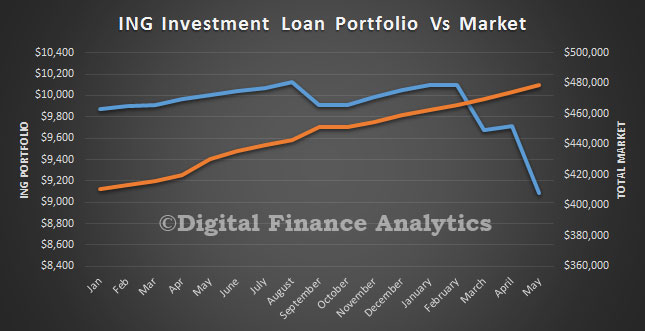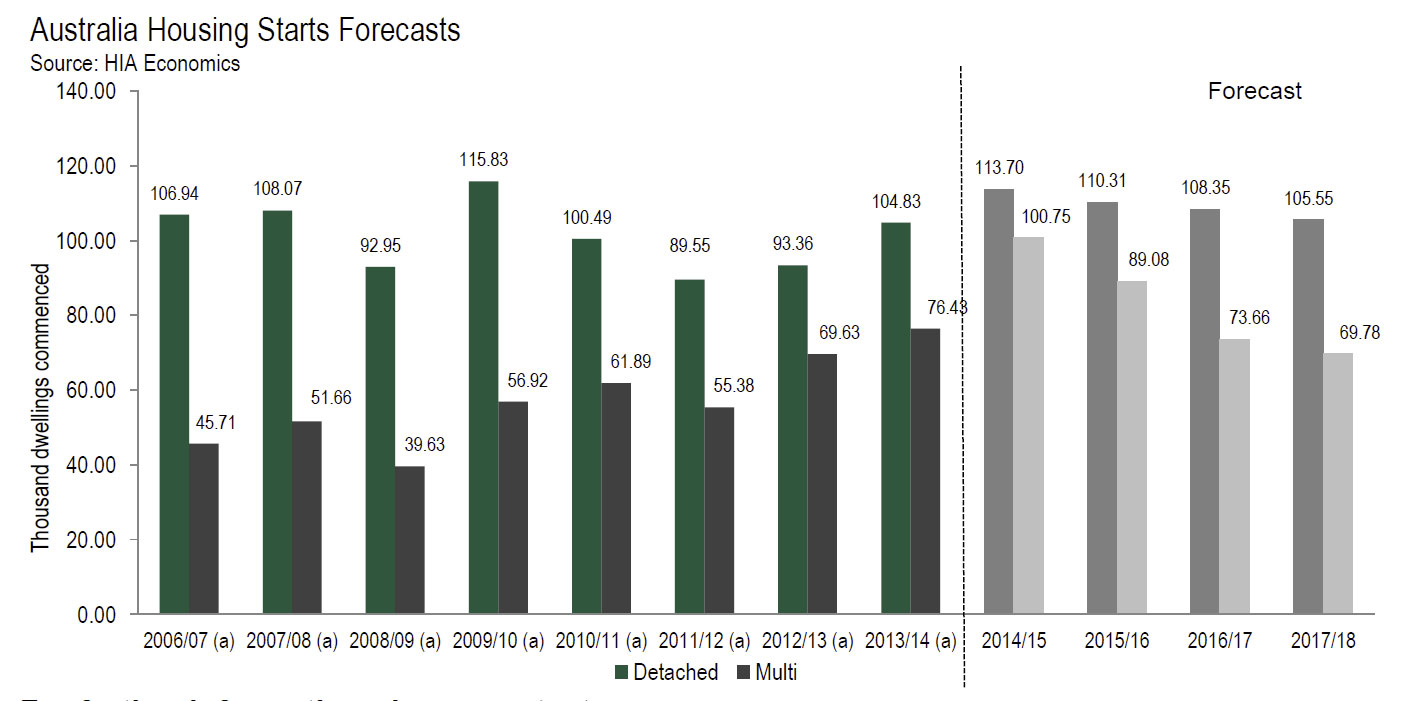From Moody’s.
Over the past week, three major Australian banks increased their lending rates for residential property investment loans and interest-only (IO) loans. Australia and New Zealand Banking Group Limited and Commonwealth Bank of Australia each lifted the standard variable investor rate by 0.27%. National Australia Bank Limited increased the rate it charges for IO loans and line of credit facilities by 0.29% (investors, rather than owner-occupiers, primarily take out IO loans).
Increased lending rates are credit positive for the banks because they re-balance their portfolios away from the higher-risk investor and IO lending toward safer owner-occupied and principal amortizing loans. They also help to preserve net interest margins (NIM) and profitability amid higher capital requirements and increased competition from smaller lenders.
The banks’ moves follow increasing regulatory scrutiny of residential property lending. Investment and IO lending has grown rapidly in the recent past, reaching a record proportion of overall mortgage lending that has contributed to rapid house price appreciation, particularly in the Sydney and Melbourne markets.
In December 2014, the Australian Prudential Regulation Authority (APRA) announced a set of measures designed to ensure residential mortgage underwriting standards remain prudent and to curb growth in investment lending to 10% per year. The major Australian banks have since undertaken a number of initiatives to ensure compliance with APRA’s guidelines. Notably, these include the imposition of higher down payment requirements for investment lending and these most recent pricing changes.
Although investment and IO loans performed well during the global financial crisis of 2007-10, they inherently carry higher default probabilities and severities, and a larger proportion of such loans risks higher delinquencies for Australian banks at times of stress.
Investment loans typically have higher loan-to-value ratios: our data indicates that the average loan-to-value ratio for investment loans is 60.2%, versus 57.8% for owner-occupier loans. In addition, since the underlying properties are not the primary residence, they are more sensitive to changes in house prices and borrower employment status and thus are more likely to default if the borrower’s conditions change. IO loans are more exposed to rising interest rates than principal-and-interest loans.
We see APRA’s and the banks’ efforts to slow the growth in investment lending as an important credit support for the system. We also expect that the remaining major Australian bank, Westpac Banking Corporation will follow the other banks in repricing its investment mortgage book. Over time, these steps are likely to slow investment lending growth rates to below APRA’s 10% cap from current annualized growth rates of 10.6% for ANZ, 9.9% for CBA, 14.1% for NAB and 10.0% for Westpac, according to APRA data.
Curbing investment lending is particularly positive for those banks with significant investment loan portfolios. NAB and Westpac, when it follows suit, are especially well-placed to derive benefits from pricing changes. Westpac has the highest proportion of investment lending in its portfolio (46% of total housing loans), exposing it to a higher-risk segment, and NAB has opted to reprice its IO loans and line of credit facilities (together they constitute 47% of its overall portfolio), allowing it to capture a greater NIM benefit.


